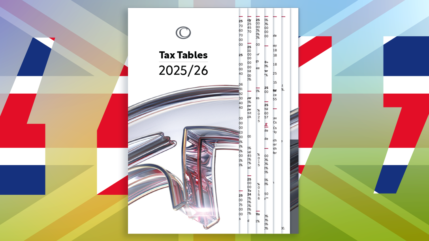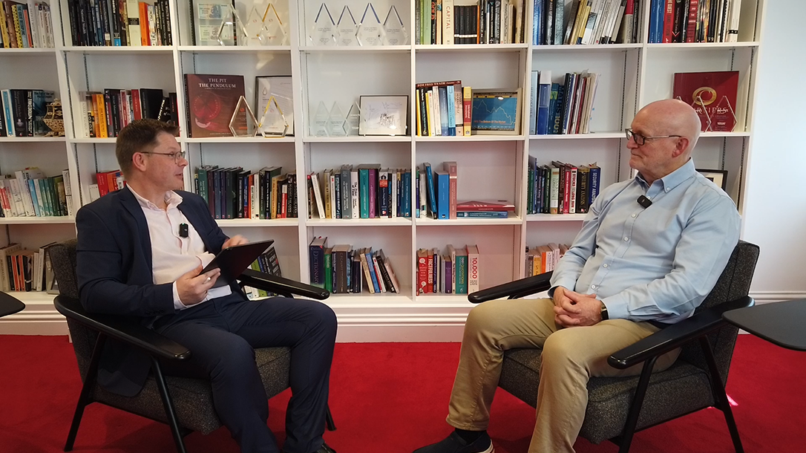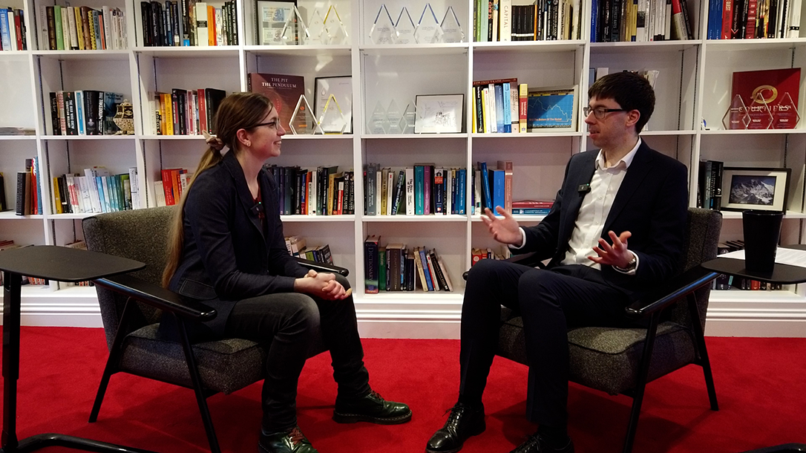Between Gary Reynolds, Jake Reynolds and Nigel Breakell, we map out how currency, infrastructure and our own investment strategies affect and shape our fund prices.
The currency market and our currency exposure
The first thing to say is that our funds are about 60% hedged. This is important if you think about what would happen if the funds were unhedged. The pound was a big mover for this quarter, at 6% up against the US Dollar. That means if your US assets went up by 6%, because the US Dollar is 6% down against the pound, your GBP return cancels out and comes out ‘flat’.
As mentioned, we hedge our funds by 60% across the whole portfolio. While we have some GBP assets in there, we also take 60% of the sting out of the rising pound.
There are always swings in the market; sometimes we use currency to hedge risk if we think we can. For example, not being long sterling (i.e. expecting sterling to rise in value) going into Brexit helped us a lot… but we were long sterling during the global financial crisis (in 2008), which hurt us.
Sometimes these things work out, sometimes they don’t.
What’s given our funds ‘bounce’?
The markets didn’t quite value up US tech stocks the same way they did in 2023, which has been advantageous for us. As things recovered, we held fairly popular assets (for example, infrastructure). Views also started to change, with popularity growing around some more value-oriented assets. The UK is mentioned a lot at the moment, and Courtiers is relatively long on the UK. This has aided us and our funds.
Our actions haven’t changed; we ask ourselves “Will this asset generate money? Does this asset have a safety buffer against hitting a difficult period? And is this asset on sale at a fair price?” If we can answer yes to all these questions, we’ll buy it. But then you get the other measure, which is “if we put all these assets together, are they highly correlated?” If we found every asset was a materials company and ended up owning every mining company, that would be a concentration risk, despite all the assets being nicely priced.
We do still think the problems we’ve talked about before are still evident, and our talking points haven’t diminished. Sam wrote a brilliant piece on the S&P 500 and US concentration that highlights this. But we’re letting our equity exposure work how it’s supposed to and are excited about the portfolios that have not seen this value rotation. Small caps also have a lot more to them. Small caps generally outperform large caps, which means that as long as we have the risk budget to hold them, we will. While small caps are currently discounted against large caps, this is not historically typical. Small caps should be nimbler, whereas large caps struggle with these economies of scale.
As markets rally, our equity exposure goes up. If the equity portion in our funds goes up more than the other assets, the equity exposure percentage of the funds will also rise. For example, on a 60/40 portfolio (60% equity, 40% bonds), if equity goes up 10%, but bonds stay flat, the split turns into more 66/34 (not quite, but it will be moving towards that). In that case, we would trim and re-adjust. The other effect is that with the options we hold, sometimes the equity can really shoot up and start to act more like futures.
We see it as our duty to get our clients up to the equity limit without pushing risk, prioritising diversification and finding value. Much of the last year, markets broadly went in the same direction. That benefited us because of our exposure. While we haven’t really seen a reversal in the trends that we’ve been talking about, we have seen some small cap jumps. As we said above, small cap value has been really cheap, and our timing to buy the S&P 600 was really good. Increasing our German holdings in January has also helped us.
Infrastructure Funds: in it for the long term
In terms of infrastructure, we haven’t seen the correction there yet. However, looking at prices over the past six to seven months, they’re drifting upwards.
This is a tonic to the fact that infrastructure fund share prices on the stock market drifted lower over the past two to three years. Historically, infrastructure fund yields are higher than government bond yields. However, when interest rates rose alongside higher inflation a couple of years ago, infrastructure funds looked less attractive and share prices fell while the underlying fund values stayed the same.
This created what’s called a share price ‘widening’, denoting the difference between the share price and the net asset value. Quite a few funds with high quality assets had flat net asset values, but falling share prices. This made the yields even more attractive.
At the start of this year, the market started to price in peaking inflation as well as lower US and UK interest rates. This increased the price of infrastructure funds. While not as quick as we would like, it has gradually gone upwards. What’s also concerning investors in the market – and why the share prices haven’t increased much more – is uncertainty over whether the net asset values are correct. Especially if the share price is 10% lower than the net asset value.
Our own experiences show that net asset values are correct; we have one small holding in 3i infrastructure which made a sale of one of the underlying holdings (which is about 6% of the 3i infrastructure holdings) at about 15% higher than it traded at. So, there are positive signs that markets are starting to see that there is value in this sector. For share prices to persistently come up, the UK needs to cut more interest rates. The signs are there to say it’s going to happen – it’s just question of when.
Infrastructure funds also correlate to long duration government bonds, rather than the typical duration of the bonds within the Multi-Asset Portfolios or the Investment Grade Bond Fund; these portfolios are for a shorter duration. Infrastructure funds have cash flows which last a lot longer (cash flows can be undated or for 25 years). When we get the more-persistent cuts in interest rates, infrastructure funds will react. In the meantime, we are working with the higher dividend yield.
While infrastructure funds sit outside of equity, they still have some equity-like characteristics, such as fluctuating share prices and potential rising dividends. Plus, even though the investment funds haven’t fully recovered yet, they still had a good 12 months performance. This makes us all really excited about the portfolio for when these net asset values and share prices close the gap back down to historic levels.
Hedging against all eventualities
Aspects across the globe will continue to affect our strategy, our investment focus and ultimately our funds. By staying alert and keeping our risk controls in place, we remain focused on supporting your wealth with a long-term view.













